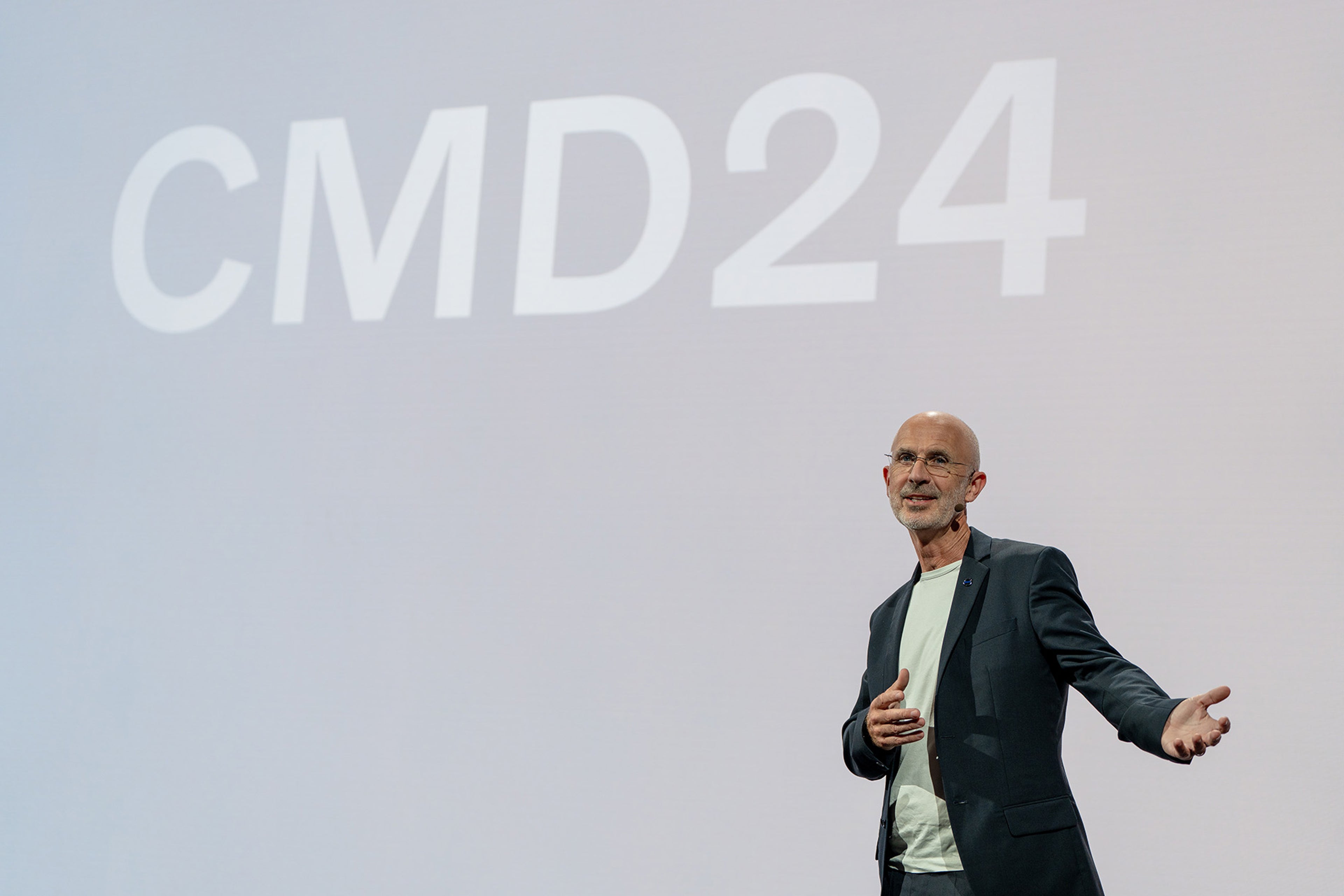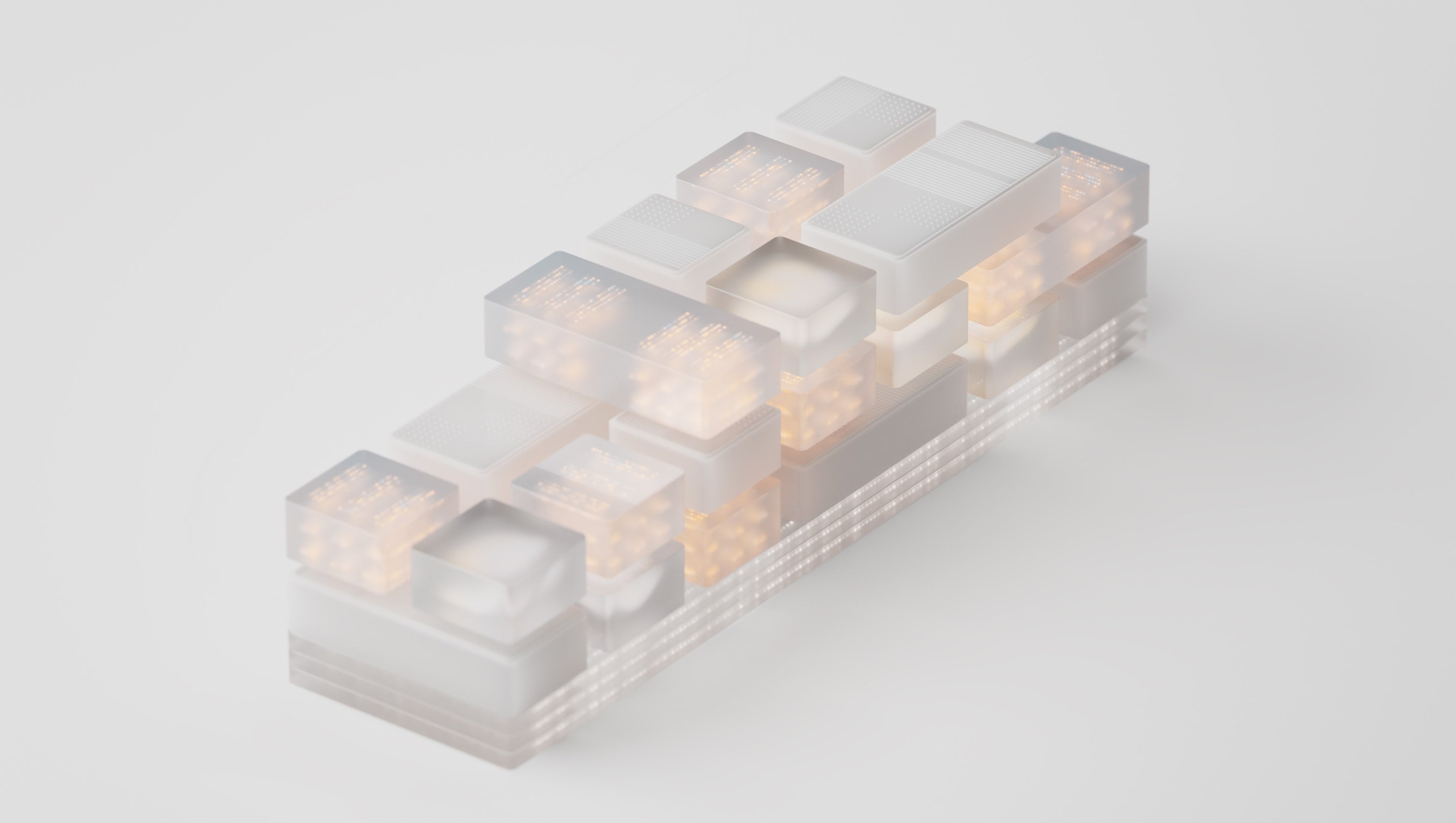We revealed our game-changing approach to technology at Capital Markets Day
Starting with the EX90, all future electric Volvo cars will originate from one single technology stack – this was one of the biggest reveals to come out of our Capital Markets Day, which had a special focus on technology.

Volvo Cars Capital Markets Day 2024.
In early September, we welcomed institutional investors, financial analysts and business media to our Capital Markets Day in Gothenburg, Sweden. At our newly opened experience centre World of Volvo, we gave an update on our company and product strategy, as well as on our journey towards the financial ambitions we’ve set out for ourselves. Not only is the Capital Markets Day a perfect opportunity for these groups to gain firsthand insights into our company’s financial performance, but also to learn more about our strategic transformation and key initiatives. The Volvo Cars Superset tech stack During the day, we revealed one such new initiative: our game-changing approach to technology. Starting with the EX90, our future electric cars will be based on the same fundamental core of systems, modules, software and hardware, called the Volvo Cars Superset tech stack.
Each of our new cars will be a selection, or a subset, of building blocks from the Superset.
Like a set of building blocks, it can be configured in many different ways. Each of our new cars will be a selection, or a subset, of building blocks from the Superset tech stack.

Volvo Cars Superset tech stack.
This approach makes sure that our cars truly get better with time, as all our engineering work will be channelled into one direction: improving and enhancing the one single tech stack. “Our engineers will work on one superset, constantly improving, growing and expanding its capabilities and features,” says Anders Bell, Chief Engineering & Technology Officer at Volvo Cars. “This allows for dramatically improved quality, increased speed-to-market and continually better cars for our customers.” Our next-generation SPA3 platform And the focus on technology continued. We talked about our development of a new electric technology base, called SPA3, which will be underpinned by the Superset tech stack. We also revealed that our first car to be built on SPA3 will be the forthcoming all-electric EX60 midsize SUV. The electric technology base is one of the key building blocks for any of our cars: a combination of the latest propulsion, electric and electronic systems on top of which the car is built. SPA3 introduces several key upgrades, and the most important one is that the SPA3 architecture has been built to be far more scalable than its predecessor. This means that, if we wanted, we could continuously develop and build cars of all sizes – larger than the EX90 and smaller than the EX30 – using the same technology base. By having a scalable SPA3 architecture, we create synergies and improve efficiency when it comes to core computing, batteries, e-motors, megacasting and modular manufacturing – all factors that contribute to significantly driving down the costs of producing cars. Each of our new cars will be a selection, or a subset, of building blocks from the Superset. Expanded collaboration with NVIDIA The new Volvo EX90 has an industry-leading core computing system, powered by an NVIDIA DRIVE Orin system-on-a-chip (SoC) which is capable of over 250 trillions of operations per second (TOPS). This core compute system orchestrates everything in the car: from powering the deep learning capabilities underpinning our AI-based active safety and driving assistance systems; to helping introduce safe autonomous driving in the future and delivering best-in-class customer experience. The centralised core compute architecture is made possible through our long-standing collaboration with NVIDIA, and on Capital Markets Day, we announced that we’re taking our collaboration to the next level. Later this decade, we will introduce cars built on NVIDIA DRIVE Thor, which is capable of up to 1,000 TOPS. That’s four times as many operations per second as one DRIVE Orin SoC, while offering seven times greater energy efficiency. And to further explore the potential of AI, we’re using the NVIDIA DGX systems through our fully owned software company Zenseact. It’s an AI supercomputing platform optimised for large workloads, and we’ll use it to help develop safe autonomous driving. This supercomputer will supercharge our AI training capabilities, making this in-house AI training data centre one of the largest in the Nordics. With this, we can pave a quick path to high-performing AI, ultimately helping make our products safer and better.